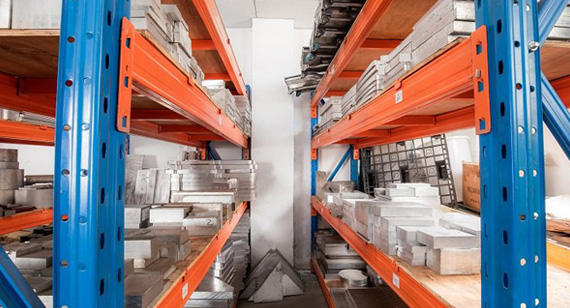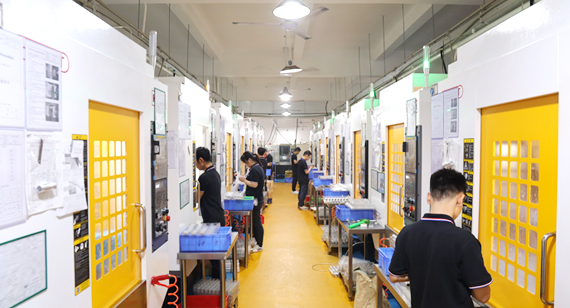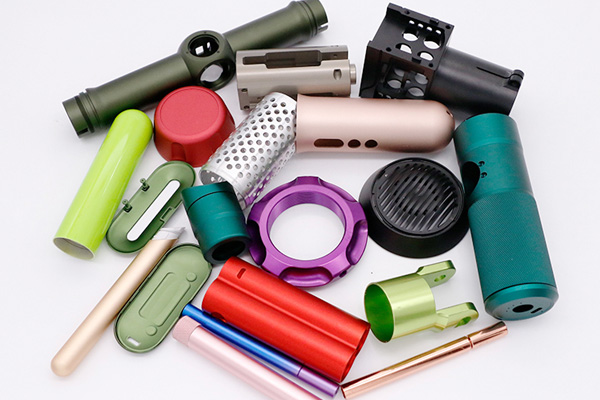15 years one-stop China custom CNC machining parts factory

Hey there I’m VMT Sam!
With 25 years of CNC machining experience we are committed to helping clients overcome 10000 complex part-processing challenges all to contribute to a better life through intelligent manufacturing. Contact us now
 224 |
Published by VMT at Oct 20 2023
224 |
Published by VMT at Oct 20 2023
When dealing with surface oxidation and corrosion issues during aluminum CNC machining, it's essential to follow these steps:
1. Material Selection: Begin by choosing the right type of aluminum alloy. Some alloys, like 6061 and 6063, are more corrosion-resistant than others. Selecting the appropriate alloy can significantly reduce the risk of oxidation and corrosion.

2. Proper Machining Techniques: Implement precise CNC machining techniques to minimize heat generation during the process. Excessive heat can accelerate oxidation. Use cutting tools designed for aluminum and employ proper cooling and lubrication methods.

3. Anodizing: Anodizing is a popular surface treatment for aluminum CNC parts. It creates a protective oxide layer that enhances corrosion resistance. Different types of anodizing (e.g., Type II or Type III) offer varying levels of protection and appearance options.

4. Chemical Passivation: Chemical passivation treatments can be used to remove iron and other contaminants from the aluminum surface, preventing corrosion. These treatments can provide additional protection after machining.
5. Protective Coatings: Applying protective coatings like paints or clear coats can add an extra layer of defense against oxidation and corrosion. Choose coatings suitable for the specific application environment.
6. Regular Maintenance: For parts exposed to harsh conditions, regular maintenance and cleaning can help prolong their lifespan. Remove any contaminants or buildup that might lead to corrosion.
By implementing these strategies, you can effectively address surface oxidation and corrosion concerns when CNC machining aluminum components, ensuring the longevity and reliability of your CNC parts.
Ready To Start Your Next Project?
Get Instant Quote

Request a Free Quote
Send us a message if you have any questions or request a quote. We will get back to you ASAP!